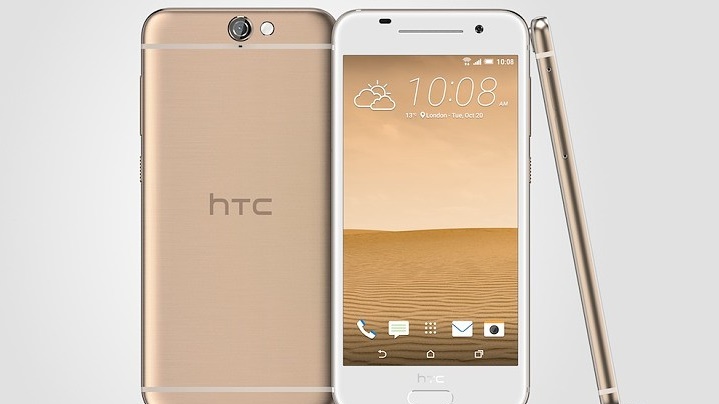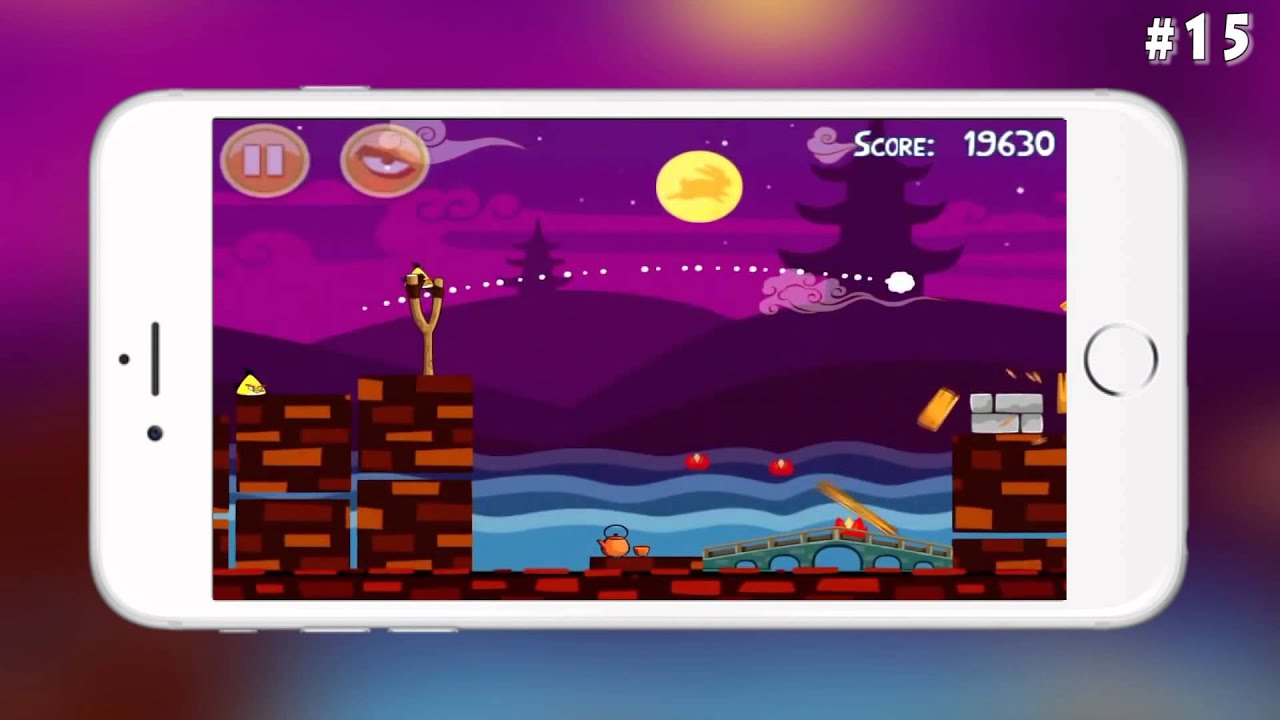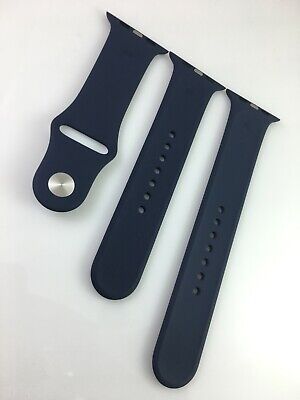This year the smartphone industry experienced significant advancements in technology, evolving market trends, and a dynamic competitive landscape. These developments not only influenced consumer preferences but also set the stage for future innovations in mobile technology.
Technological Innovations
The year was marked by notable technological breakthroughs:
- 3D Touch: Apple introduced 3D Touch with the iPhone 6s, enabling the device to detect varying pressure levels on the screen, thereby offering new interaction possibilities.
- Camera Enhancements: Manufacturers focused on improving camera capabilities. The iPhone 6s featured a 12MP rear camera with Live Photos, while the Samsung Galaxy S6 boasted a 16MP camera with optical image stabilisation, enhancing low-light photography.
- Fingerprint Sensors: Fingerprint recognition became a standard feature in flagship models, enhancing device security and facilitating mobile payments.
Market Trends
Several key trends emerged:
- Larger Displays: Consumers showed a preference for larger screens, leading to the popularity of phablets like the iPhone 6s Plus and Samsung Galaxy Note series.
- Premium Materials: There was a shift towards premium materials, with devices featuring metal and glass constructions, as seen in the Samsung Galaxy S6 and HTC One M9.
- Battery and Charging: The importance of battery life and fast charging technologies grew, prompting manufacturers to develop more efficient power management solutions.
Competitive Landscape
The competitive dynamics of the smartphone market evolved notably:
Emerging Brands: Companies like Huawei and Xiaomi gained significant market share by offering high-quality devices at competitive prices, challenging established brands.Below are the tables categorised by Premium, Mid-Range, and Budget smartphones released in 2015, including their approximate release prices in Australia and key features.
Apple and Samsung: Both companies maintained strong market positions with their flagship releases, the iPhone 6s and Galaxy S6, respectively.
Premium Smartphones
| Phone Model | Approximate Release Price (AUD) | Key Features |
|---|---|---|
| Samsung Galaxy S6 | $999 | – Exynos 7420 Octa-core processor – 3GB RAM – 5.1-inch Super AMOLED display – 16MP rear camera, 5MP front camera – Wireless charging, fast charging |
| Samsung Galaxy S6 Edge | $1,149 | – Exynos 7420 Octa-core processor – 3GB RAM – 5.1-inch curved Super AMOLED display – 16MP rear camera, 5MP front camera – Wireless charging, fast charging |
| Apple iPhone 6s | $1,079 | – Apple A9 chip – 2GB RAM – 4.7-inch Retina HD display – 12MP rear camera, 5MP front camera – 3D Touch, Live Photos |
| Apple iPhone 6s Plus | $1,229 | – Apple A9 chip – 2GB RAM – 5.5-inch Retina HD display – 12MP rear camera with OIS, 5MP front camera – 3D Touch, Live Photos |
| LG G4 | $899 | – Qualcomm Snapdragon 808 – 3GB RAM – 5.5-inch IPS LCD with Quad HD resolution – 16MP rear camera with manual controls, 8MP front camera – Optional leather back, removable battery |
| Sony Xperia Z5 | $999 | – Qualcomm Snapdragon 810 – 3GB RAM – 5.2-inch IPS LCD with Full HD resolution – 23MP rear camera, 5.1MP front camera – Water resistance, dedicated camera button |
| HTC One M9 | $899 | – Qualcomm Snapdragon 810 – 3GB RAM – 5.0-inch Super LCD3 with Full HD resolution – 20.7MP rear camera, 4MP UltraPixel front camera – All-metal design, BoomSound speakers |
Mid-Range Smartphones
| Phone Model | Approximate Release Price (AUD) | Key Features |
|---|---|---|
| Motorola Moto G (3rd Gen) | $299 | – Qualcomm Snapdragon 410 – 1GB/2GB RAM – 5-inch IPS LCD with 720p resolution – 13MP rear camera, 5MP front camera – Water resistance, customisable back covers |
| Samsung Galaxy A5 (2015) | $599 | – Qualcomm Snapdragon 410 – 2GB RAM – 5.0-inch Super AMOLED with 720p resolution – 13MP rear camera, 5MP front camera – Metal unibody design, fingerprint sensor |
| Huawei P8 Lite | $299 | – HiSilicon Kirin 620 – 2GB RAM – 5.0-inch IPS LCD with 720p resolution – 13MP rear camera, 5MP front camera – Slim design, good battery life |
Budget Smartphones
| Phone Model | Approximate Release Price (AUD) | Key Features |
|---|---|---|
| Motorola Moto E (2nd Gen) | $149 | – Qualcomm Snapdragon 200/410 – 1GB RAM – 4.5-inch IPS LCD with 540 x 960 resolution – 5MP rear camera, VGA front camera – Affordable price, long battery life |
| Alcatel OneTouch Idol 3 | $249 | – Qualcomm Snapdragon 615 – 1.5GB/2GB RAM – 4.7-inch/5.5-inch IPS LCD with 720p/1080p resolution – 13MP rear camera, 8MP front camera – Dual front-facing speakers, reversible design |
| Nokia Lumia 640 | $199 | – Qualcomm Snapdragon 400 – 1GB RAM – 5.0-inch IPS LCD with 720p resolution – 8MP rear camera, 1MP front camera – Windows Phone OS |
Note: Prices are approximate and based on the Australian market in 2015.




